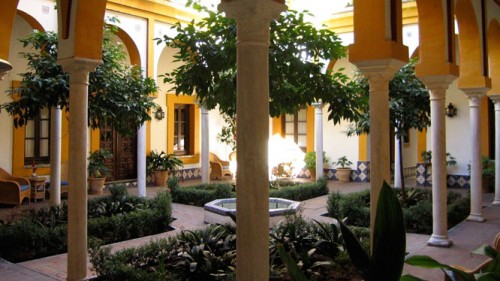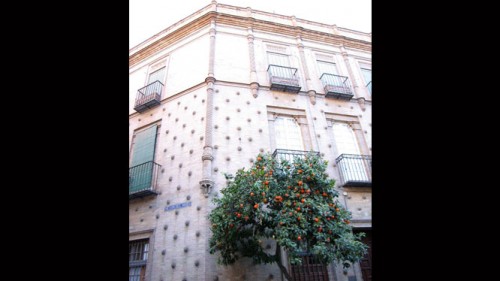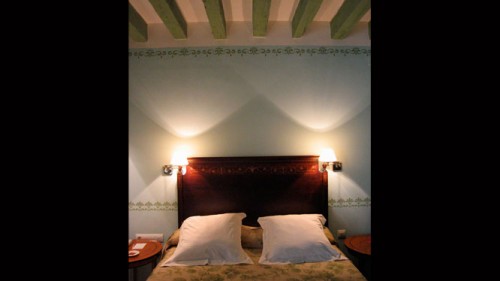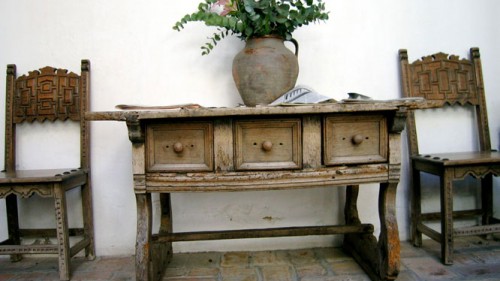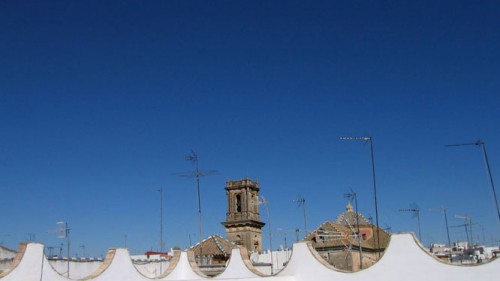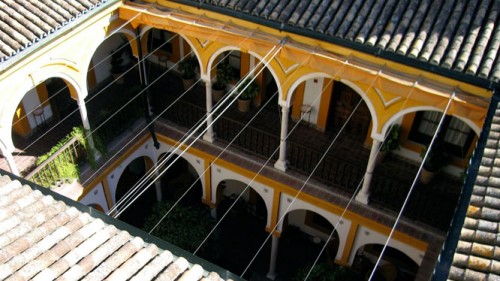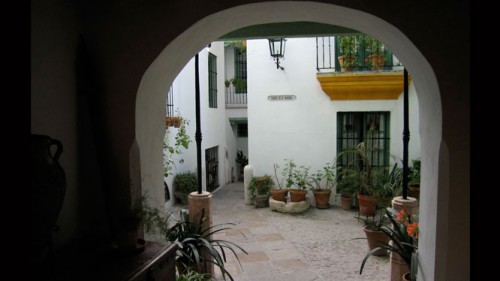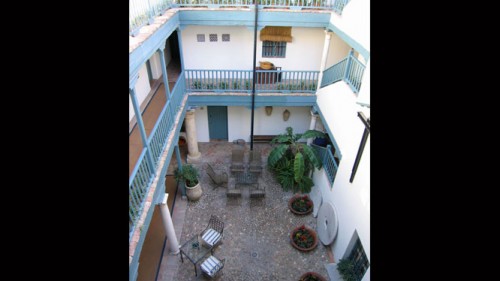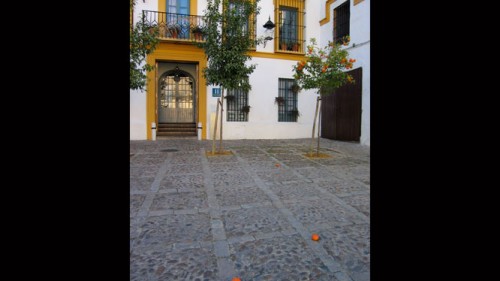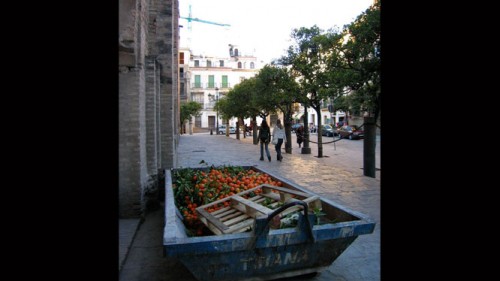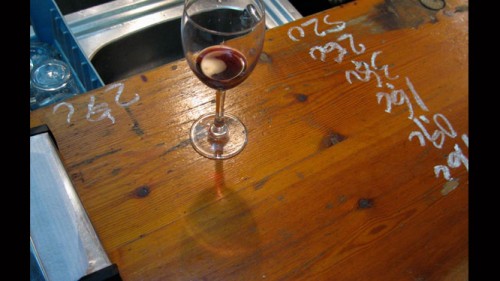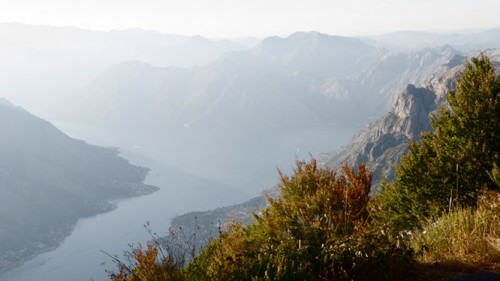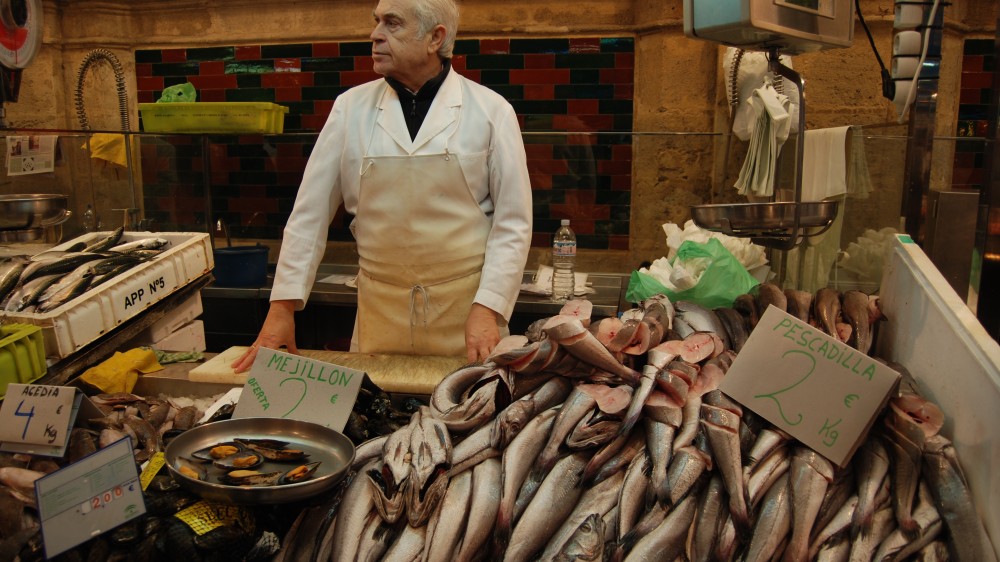Seville = Orange
It’s that time of year when any self-respecting Brit recognises his deep cultural debt to the sun-kissed city of Seville by rolling up his sleeves and sharpening his paring knife: it’s marmalade-making season. And perhaps the best time of year to visit Andalucia.
What what?! You’re not British, or—worse still—you don’t make your own marmalade. Not to worry. Seville makes such a good bright sunny destination in drab late winter that you can go and pay your respects regardless. Just as orange peel boiled in syrup seems to capture the summer sun for carefully-spread doses on toast over sad winter breakfasts while it’s still dark outside, so does Andalucia capture the brightness and energy of summer in a vibrancy and bustle that’s perfectly preserved for year-round consumption.
It’s is a beautiful town, made up of large Moorish style mansions, left by the Arabs after their 500 year sojourn here. Its vital energy is like nowhere else, and expresses itself in the incredible flamenco music the city is known for, the tension of the bull-ring, and the bustle of the night-life and street cafés. With its main sights, you have at least a couple of days ‘visiting’, but we find the longer one stays in Seville thereafter, the more one loves it.
Happily, it’s also blessed with far more than its fair share of great hotels, both large and small, fine and simple. Pictured are Las Casas de la Juderia, Las Casas del Rey de Baeza, Casa Imperial (and some orange trees). There are many, many more, from the tiny to the enormous. Expect to pay from €20 per night to €2000.
From Sevilla, a tour of Andalucia beckons, to take in the white-washed villages and the towns (of which Jerez recently had our fingers snapping) or perhaps up to wild Extremadura. The Moorish flavour is so strong in Seville, that connecting to Morocco by way of fast-ferry from Tarifa (two hours) is a workable way of making a meaningful trip across those two countries without getting on a plane.
In Britain we developed all manner of ways of capturing summer’s sunshine to tide us through the grim grey winter—or through long colonial Pacific crossings under sail. In fact, they call us limeys because of the lime cordial that was fed to sailors to prevent the onset of scurvy—a novel and brilliant method of delivering vitamin C without needing to keep fresh fruit. If you’re beginning to feel the winter lilt and the gimlets just aren’t working, come down to Andalucia and photosynthesize for a while. Seville is an orange.
Jack Dancy says simmer 3lb oranges in 6 pints water for 90 minutes until tender; remove, cool and cut into shreds; keep pips separate in a muslin bag; put the whole lot (including pips) back in the cooking juice with 6lb sugar; boil until set; let stand for 15 minutes; put in jars.
